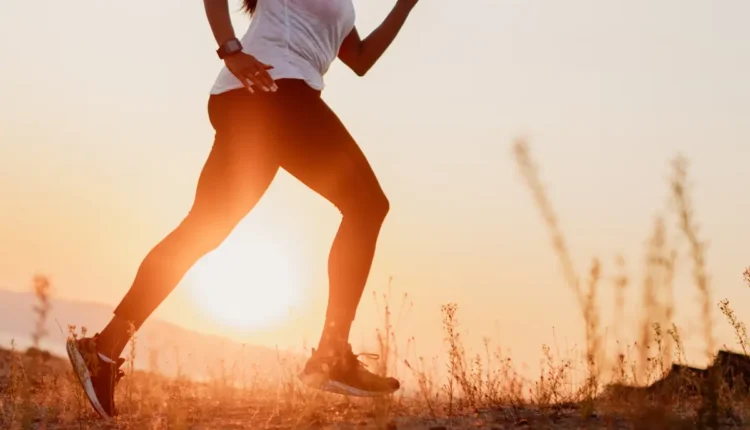Beat the Heat: How to Safely Exercise Outdoors When it’s Hot Outside
Exercising outdoors during the summer can be pretty challenging due to the heat. However, by taking a few simple precautions, you can ensure your safety while still breaking a sweat.
In this blog post, we’ll discuss everything you need to know about exercising safely in hot weather, including choosing appropriate attire, staying hydrated and adjusting your workout intensity.
Make Smart Timing Choices for Your Workout
When it comes to working out in hot weather, timing is crucial. It’s best to exercise early in the morning or late in the evening when temperatures are more relaxed and the sun is less intense. This way, you can avoid exposing yourself to peak daytime heat that may cause discomfort or potential harm.
If exercising during the day is unavoidable, consider seeking shaded areas or places with ample trees to minimize direct sun exposure. Not only will this provide relief from the heat, but it will also help mitigate the risk of sunburn and heat-related illnesses.
Select Suitable Clothing
The choice of clothing plays a significant role in how comfortable you feel during your workout in hot conditions. Opt for lightweight and breathable attire that allows proper ventilation to keep your body cool while exercising.
When exercising in hot weather, it’s a good idea to wear light-colored clothing that reflects the sun’s rays instead of absorbing them.
Additionally, don’t underestimate the importance of wearing a hat that is lightweight and breathable to shield your face and neck from the sun without trapping heat.
Stay Hydrated
To stay adequately hydrated, it’s crucial to drink an ample amount of fluids before, during, and after your workout. While water is always a great choice, if you’re engaging in exercise for more than an hour, you may need to replenish electrolytes with options like sports drinks, gel packets, or salt pills.
Remember not to wait until you feel thirsty, as this may indicate dehydration already. Staying hydrated helps regulate your body temperature and prevents heat exhaustion.
Adjust Workout Intensity
It’s essential to adjust your workout intensity when exercising in hot weather. Your body has to work harder to cool down under these conditions, which can make your workout feel more challenging than usual.
Avoid pushing yourself too hard if you’re not accustomed to exercising in the heat (more information on this will be discussed later).
If you start feeling uncomfortable or lightheaded, it’s essential to stop your workout immediately. Consider taking more frequent breaks or shortening the duration of your exercise session.
Listen to your body and avoid pushing yourself too hard.
Watch for Warning Signs of Heat Stroke
Stay vigilant for any warning signs of heat stroke, even if you’ve taken precautions. If you notice any of these symptoms while you’re working out, it’s important to stop right away and seek medical attention:
- Feeling lightheaded or dizzy
- Experiencing nausea or vomiting
- Developing a headache
- Feeling confused or disoriented
- Having a rapid heartbeat
- Noticing hot and dry skin without any sweat
Once you’ve experienced a heat stroke or heat exhaustion before, you become more vulnerable to them in the future. That’s why it’s crucial to listen to your body and slow down when necessary.
For a comprehensive guide on preventing heat strokes, we recommend checking out this article by Avian Law Group.
Get Creative
Find ways to stay cool while exercising. If you’re running or biking, choose routes that have plenty of shade or are near bodies of water.
Consider finding workout locations that have sprinklers or fountains nearby so you can splash water on yourself whenever needed. You could also bring a small handheld fan or wear clothing designed to keep you cool by wicking away sweat and regulating your body temperature.
Get Acclimated Over Time
Allow your body to adapt gradually over time. The human body is incredibly resilient and can handle more than you might think.
Gradually increasing the intensity and duration of your workouts in hot conditions will not only help you become a better athlete but also provide the safest way to exercise outdoors in high temperatures.
Conclusion
Exercising outdoors in hot weather can be challenging, but with some careful planning and preparation, you can safely enjoy your workout under the summer sun. Remember to choose the right time for your training, dress appropriately for the weather, stay hydrated, adjust your intensity as needed, and find ways to keep cool. By following these simple precautions, you’ll be able to have a safe and enjoyable workout experience. Always prioritize quality over quantity – focus on working out more innovatively rather than harder while keeping yourself calm.

